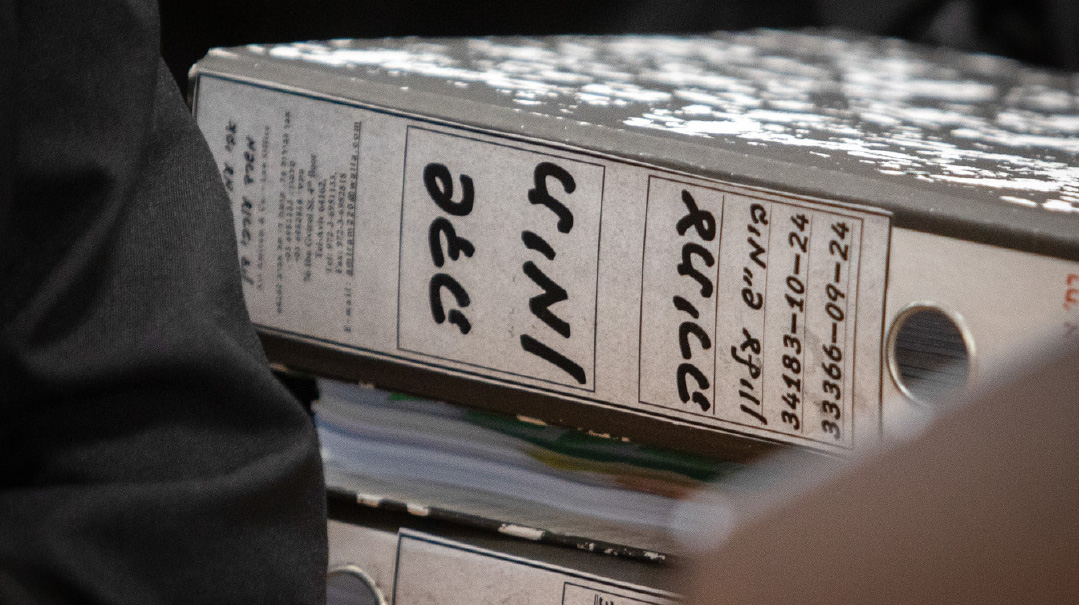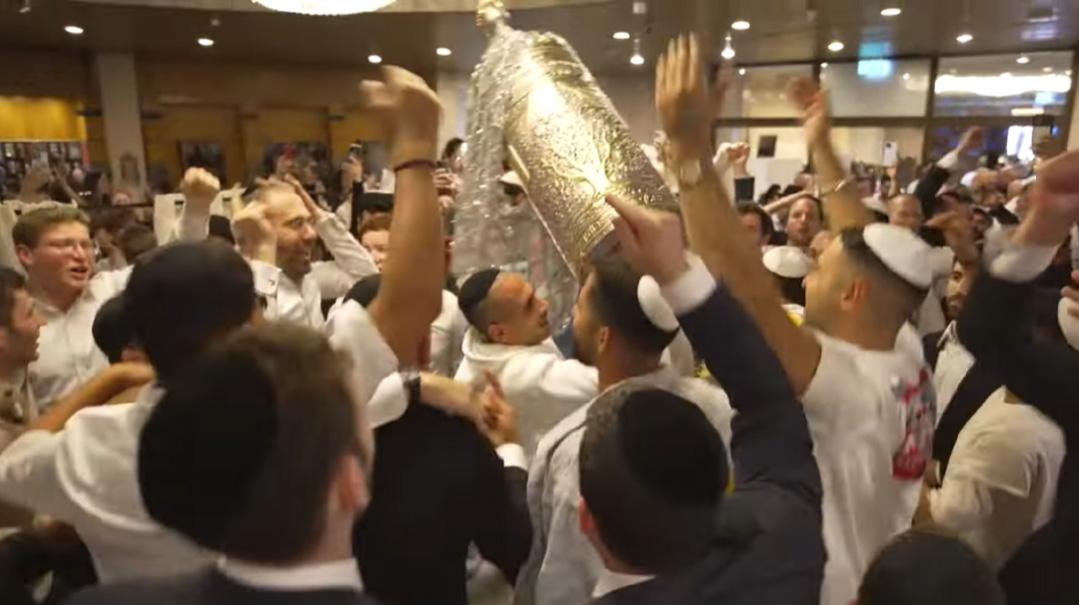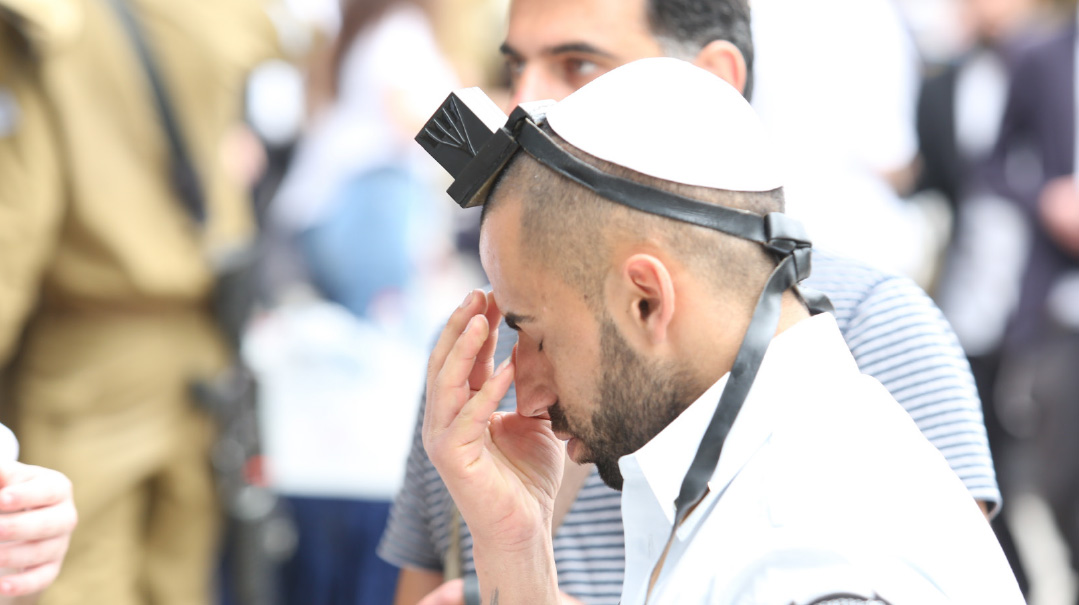Selling a Defective Product


S ometimes one reads something that primarily inspires pity for the author. That was my reaction to a piece in Tablet by Marco Greenberg entitled “Forget Koufax: My Son Will Play Football This Yom Kippur and I’m Fine with That.”
Greenberg’s son Noam attends a Connecticut prep school “that takes sports seriously.” When Noam informs his father that he made the football team the latter beams with pride. But that pride quickly turns to something else when Noam shares that he will be playing on Yom Kippur. Marco spends a sleepless night wondering whether he failed as a parent and fretting about what his friends in synagogue will say if they find out how Noam spent the holiest day of the Jewish year.
Above all he thinks about how the great Dodgers pitcher Sandy Koufax thrilled American Jews with his refusal to pitch the opening game of the 1965 World Series because it fell on Yom Kippur. (Koufax’s replacement fellow Hall of Famer Don Drysdale was hit hard and when manager Walt Alston came to the mound to remove him Drysdale remarked dryly “I bet you wish I were Jewish too.”)
But by the morning Marco Greenberg has made peace with his son’s “choosing to eat a hearty breakfast and gear up for the game on Yom Kippur.” His son’s decision not to pray he declares reflects the greater security of Jews in America today than in 1965. Today Jews are everywhere and don’t have to worry any longer about how they will be perceived by Jews or gentiles or whether putting football above rituals makes them any less Jewish.
Noam his father writes by way of justification is more comfortable in his Jewish skin than his father’s generation was. Judaism for him is not about what he does but who he is. He has grown up in New York City around other Jews attended Solomon Schechter for elementary school has visited Israel numerous times and “rocked his bar mitzvah in fluent Hebrew.”
A day school elementary education and numerous trips to Israel place Noam at the very upper end of Jewish identity for non-Orthodox youngsters. And yet the most compelling argument for not playing football that his father — the source of those trips to Israel and that expensive day school education — can come up with for not doing so is: Sandy Koufax did not pitch in the World Series on Yom Kippur. Even Marco’s argument that a more secure American Jewry no longer needs expressions of Jewish pride falls on its own terms. On the eve of the very Yom Kippur that Noam suited up for his prep school Israeli tennis player Dudi Sela walked off the court of a pro tournament in China as Yom Kippur approached thereby not only forfeiting a quarterfinal match but $30 000 in prize money and valuable ranking points. Sela presumably grew up around as many Jews as are to be found in the New York City neighborhoods in which Noam was raised and is no less secure in his Jewish identity.
I cannot really blame Noam too much given the quality of arguments for choosing Yom Kippur over football he has heard. As presented to him Yom Kippur is just another ancient ritual that Jews have long performed. He has never heard Yom Kippur spoken of with awe as an unfathomable gift from the Ribbono Shel Olam — as the one day a year when our yetzer has no ability to importune us as a once-in-the-year opportunity to become in Rav Hutner’s unforgettable phrase not just a besser mensch but an anderer mensch. Divine command is absent from his father’s wavering account.
Nor am I prepared to give up on Noam’s Jewish future. Perhaps someday he will look back in shame at his choice to play football on Yom Kippur and that shame will propel him to explore more closely what Yom Kippur really means. I’ve witnessed many stranger journeys.
But more likely his father Marco will write another article a decade from now entitled “My Solomon Schechter-educated Son Is Intermarrying and I’m Fine with That.” Again he will console himself that Noam’s Judaism is not determined by what he does but by who he is (whatever that means). And no doubt he will recall again how Noam “rocked his bar mitzvah.”
I DWELL ON THIS PATHETIC LITTLE ESSAY because I see it as emblematic of the larger failure of non-Orthodox American Jewry to provide its young even its most Jewishly-educated young with any remotely coherent reason for why they should observe the mitzvos for which hundreds of thousands of their ancestors gave their lives. “It’s an ancient Jewish tradition” won’t do it. Experiencing Yom Kippur as a Divine command from the Creator of the Universe Who singled out the Jews from among all peoples of the world with a special love just might.
That failure is inextricably tied to another one: The heterodox movements have not provided their followers with any convincing reason why the collective existence of the Jewish People makes a difference. And as a result non-Orthodox American Jewry has entered a demographic death cycle.
The 2013 study of Jewish Americans by the Pew Research Center projected a future for American Jewry that is increasingly Orthodox. Steven Cohen research professor of Jewish social policy at the Hebrew Union College (Reform) and two colleagues recently extrapolated the findings in a Forward article entitled “Does Orthodox Explosion Signal Doom for Conservative and Reform?”
Approximately one-third of American Jews profess no denominational affiliation but that percentage spikes sharply among those in the ages 20-29 cohort to 45 percent suggesting that many children of Reform and Conservative parents have “eschewed their childhood denominational identities.” The number of Conservative and Reform Jews in the 30-39 cohort is only half of that in the baby boomer cohort (60-69) reflecting a rapid decline in those movements.
Among the Orthodox by contrast the trend is sharply in the opposite direction: There are three times as many in the younger cohort (30-39) as in the baby boomer cohort. And those trend lines are only accelerating as we move down the age scale. To bring home the divergence between rapid Orthodox growth and sharp heterodox decline Cohen et al compare the number of grandchildren’s photos likely to be found in the wallets of 100 heterodox Jews grandparents and a comparable group of Orthodox grandparents. The answer in the former case is 56; in the latter 575 over ten times more.
Among the baby boomers heterodox outnumber Orthodox Jews by a ratio of 14:1. By the time we reach the 30-39 cohort that ratio has declined to 2:1 and among the youngest cohort of 1-9 that ratio drops still further to 3:2.
Only the Orthodox the authors conclude are avoiding rapid population decline. The number of heterodox Jewish kids between 0-9 is one-half the cohort of 50-59. Among the Orthodox however the number of those in the younger cohort is three times the number in the older cohort.
Steven Cohen and his co-authors like Jack Wertheimer the former provost of the Jewish Theological Seminary (JTS) deserve credit for their clear-eyed and honest depiction of the disappearance of the Reform and Conservative movements. I have only one quibble with the article: the title. The rapid growth of Orthodoxy does not doom the heterodox movements. Rather they have doomed themselves by their failure to sell a compelling product. There is no inherent reason why all of American Jewry could not be growing rather than Orthodoxy enjoying an “explosion” and the heterodox movements experiencing rapid decline.
But that parallel growth is not happening. Indeed as things stand now the best chance that older Reform or Conservative Jews in their forties fifties and sixties have of ever seeing Jewish grandchildren is if one of their children finds his or her way to a campus kiruv program or to an Orthodox shul or learning forum. Unfortunately that is not yet happening in great enough numbers to stanch the flow of Jews out of all connection to communal life.
A Shabbos Table that Works
Welcome to Our Table is the newest offering from Ari Wasserman who was recently featured in these pages for his comprehensive guide for bnei Torah entering the workplace Making It Work.
The Wassermans entertain large groups at Shabbos meals in their Jerusalem home on a weekly basis. Welcome to Our Table is a compilation of divrei Torah said by Reb Ari at the Shabbos table the questions asked based on that devar Torah and some of the most interesting responses.
The questions asked are all personal in nature and ones that can be answered with or without any background in Torah learning: What’s one challenge you’ve faced or are currently facing? What brief encounter social interaction class etc. made a significant lasting impression on you for better or worse?
My wife and I have twice had the opportunity to observe how this works in practice in recent months. The first time was at a Shabbos lunch where the guest list of over 20 included four or five older couples talmidim at Ohr Somayach (one of the several institutions at which Reb Ari teaches) a chassan and kallah and her mother.
But once we started going around the table responding to the question based on the devar Torah this disparate group engaged in a single conversation. Everyone shared something of importance to themselves. I was amazed when my wife of nearly 40 years described a life-changing comment that someone made to her that she had never mentioned before.
About six weeks later we returned to the Wassermans for a Leil Shabbos meal with a group of Hollywood agents and executives along with the Israeli consul to Los Angeles. Once again people opened up in surprising ways that revealed how deeply moved they were by the Shabbos meal.
I’ve discovered one other important use for Welcome to Our Table. Our Shabbos table can become fairly unruly when a number of married couples are present at the same time with their children. Discussion tends to break down into multiple separate conversations. Using Welcome to Our Table we have been able to focus the discussion and bring everyone together — at least for a while.
So my highest praise of Welcome to Our Table is that it works.
Originally featured in Mishpacha Issue 681. Yonoson Rosenblum may be contacted directly at rosenblum@mishpacha.com
Oops! We could not locate your form.







